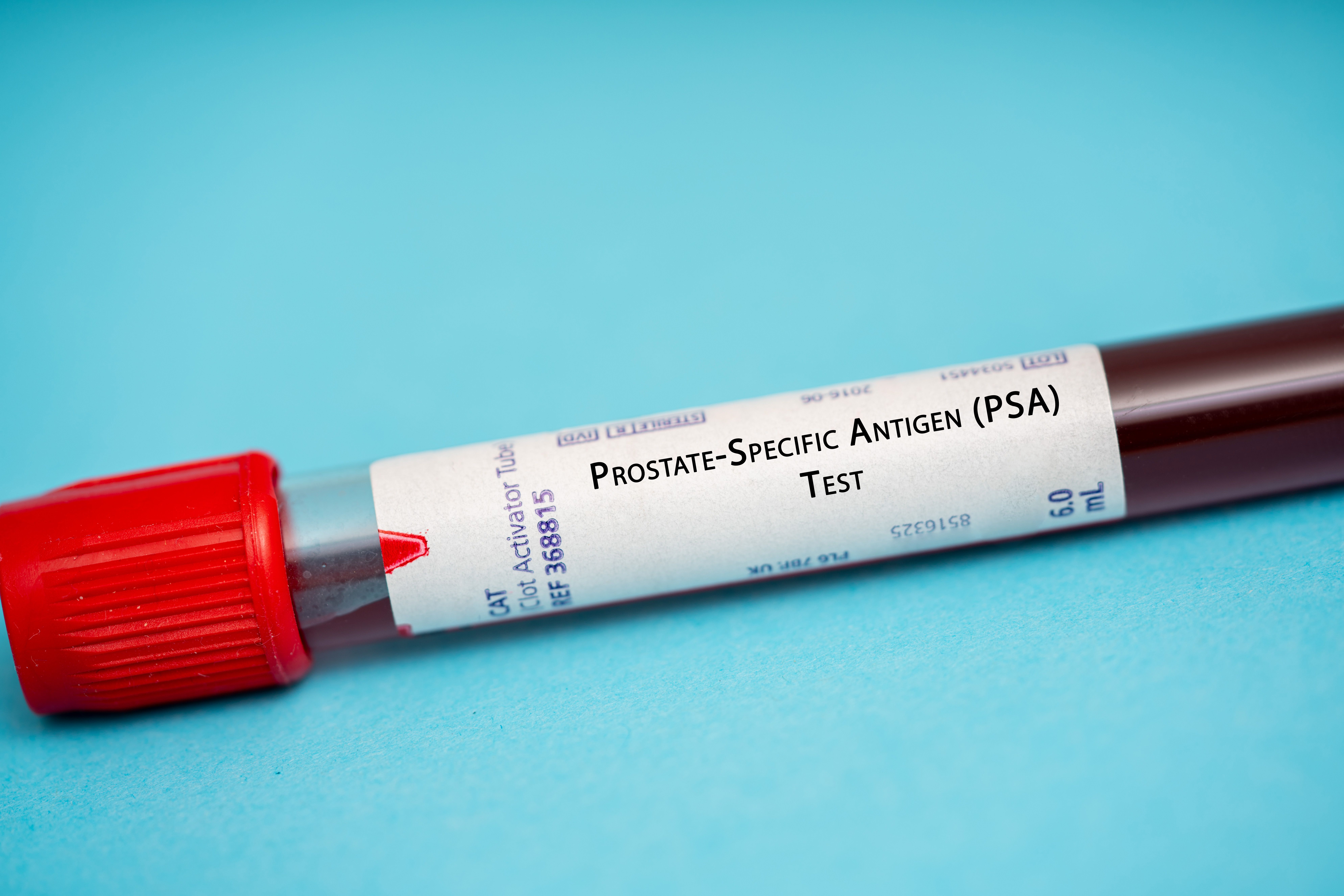Article
Lynparza Improves Progression-Free Survival in BRCA+ Ovarian Cancer
Patients with BRCA-mutant ovarian cancer saw an improved progression-free survival with Lynparza, according to a recent study.
There was a 70 percent reduction in the risk of progression or death with Lynparza (olaparib) compared to placebo for patients with platinum-sensitive, relapsed, BRCA-mutant ovarian cancer, according to phase 3 SOLO2 findings reported at the 2017 Society of Gynecologic Oncology meeting.
Patients randomized to receive Lynparza had a median investigator-assessed progression-free survival (PFS) of 19.1 months compared with 5.5 months in the placebo arm. A prespecified analysis of PFS by a blinded central review committee showed a median PFS of 30.2 months for the Lynparza group versus 5.5 months for placebo, a 75 percent reduction in the hazard for progression and death.
“The progression-free survival benefit was supported by a significant delay in time to first subsequent therapy, second progression-free survival, and time to second subsequent therapy,” said Eric Pujade-Lauraine, M.D., Ph.D., of the University of Paris Descartes. “With the exception of anemia, toxicity was mostly low grade. SOLO2 is the first phase 3 trial of olaparib tablets as maintenance treatment and showed a significant benefit in patients with platinum-sensitive, relapsed ovarian cancer and BRCA1/2mutation.”
Pujade-Lauraine reported findings from the phase 3 SOLO2 trial that evaluated the efficacy and tolerability of a 300-mg tablet formulation of Lynparza as maintenance therapy. Eligible patients had relapsed ovarian cancer, confirmed BRCA1/2 mutation, and were in response to their most recent platinum-containing regimen following two or more prior systemic regimens.
Investigators in the multicenter international trial randomized patients in a 2 to 1 ratio to Lynparza 300 mg BID or to matching placebo. Treatment continued until disease progression. The primary endpoint was investigator-assessed PFS. The trial protocol included a sensitivity analysis of PFS, performed by a blinded independent central review committee. Secondary endpoints included second PFS (PFS2), overall survival, and safety and tolerability.
Data analysis included 294 randomized patients who received the assigned study treatment. Baseline characteristics did not differ substantively between treatment groups, as 53 percent to 54 percent of patients in each group had attained a partial remission at enrollment; 40 percent of each group had a platinum-free interval of six to 12 months; and about 40 percent of patients had received three or more prior lines of therapy.
The secondary endpoint of median time to first subsequent therapy or death was 27.9 months with Lynparza and 7.1 months with placebo. The median PFS2 had yet to be reached in the Lynparza group, whereas the placebo group had median of 18.4 months, representing a 50 percent reduction in the hazard ratio in favor of the PARP inhibitor. Time to second subsequent therapy or death also had yet to be reached in the Lynparza arm compared with a median of 18.2 months in the placebo group. Data remained too immature for an analysis of overall survival.
Pujade-Lauraine said Lynparza was generally well tolerated, as no new or unexpected treatment-associated adverse events (AEs) occurred in patients who received the PARP inhibitor. The most common AEs of any grade were nausea (75.9 percent vs 33.3 percent), fatigue/asthenia (65.6 percent vs 39.4 percent), anemia (43.6 percent vs 8.1 percent), vomiting (37.4 percent vs 19.2 percent) and diarrhea (32.8 percent vs 20.2 percent). Neutropenia occurred in 19.5 percent of the Lynparza group versus 6.1 percent of the placebo group, and thrombocytopenia in 13.8 percent versus 3.0 percent.
Grade 3 or higher AEs included anemia (19.5 percent vs 2.0 percent), neutropenia (5.1 percent vs 4.0 percent) and thrombocytopenia (1.0 percent in both groups).
“The SOLO-2 data demonstrated a statistically significant and clinically meaningful improvement in outcomes for those who took olaparib," co-author of the study Richard Penson, M.D., associate professor of Medicine at Harvard Medical School and Clinical Director of Medical Gynecologic Oncology at Massachusetts General Hospital, said in a statement. "The results, which showed a delay in disease progression in the maintenance setting, highlight the impact of PARP inhibition at the forefront of the important advances we are making in targeting ovarian cancer.”
The results confirmed and extended those of a phase 2 trial that demonstrated a PFS advantage for Lynparza maintenance therapy in relapsed, platinum-sensitive ovarian cancer (N Engl J Med. 2012;366:1382-1392). The earlier study did not select patients based on BRCA status, and patients received a different formulation of Lynparza.
Although the earlier trial showed a PFS benefit in the overall population and across various subgroups, patients with BRCA-mutated ovarian cancer had the most prolonged PFS. Additionally, the capsule formulation of Lynparza used in the phase 2 trial required patients to take as many as 16 pills a day whereas the 300-mg tablet formulation reduced the pill burden to two per day.
The FDA approved the 400 mg dose of Lynparza for the treatment of women with BRCA-positive advanced ovarian cancer following treatment with three or more prior lines of chemotherapy in December 2014. AstraZeneca, the company developing Lynparza, is seeking approval for the new tablet formulation “as quickly as possible.”





